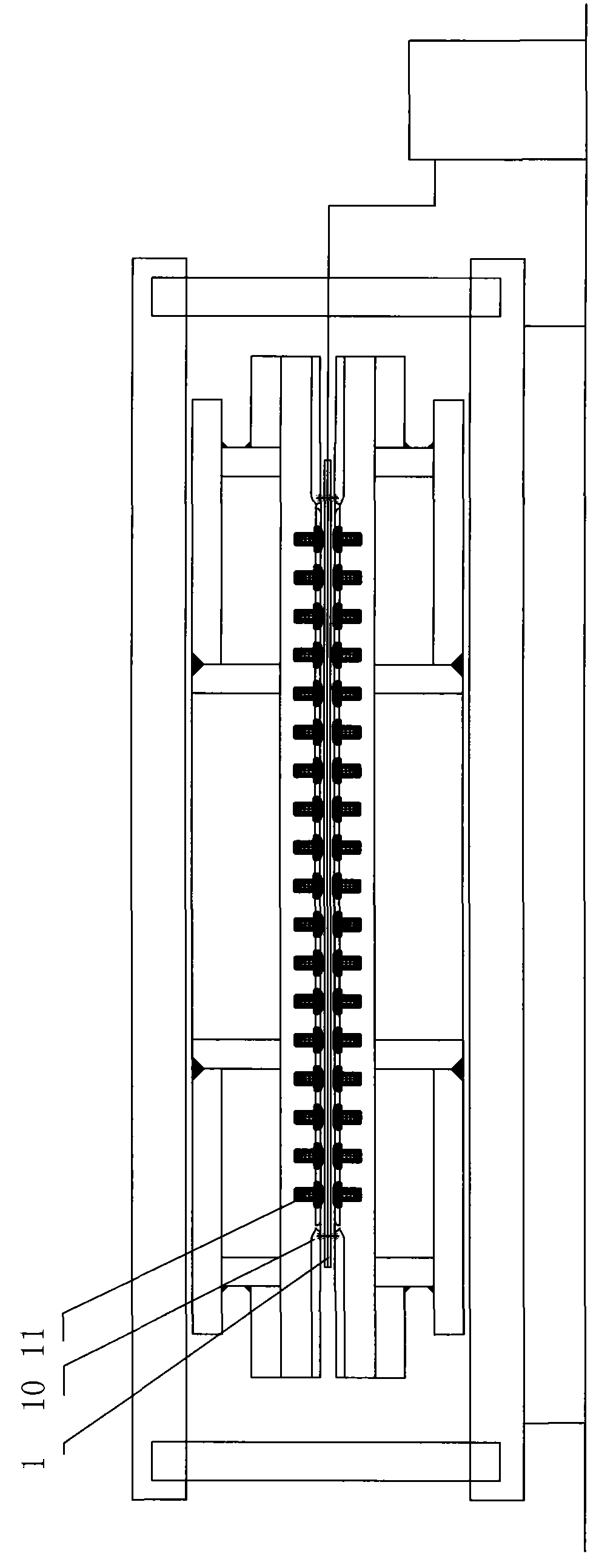Processing technique of heat exchanger sheet
A processing technology and heat exchanger technology, which is applied in the processing field of honeycomb heat exchanger plates, can solve the problems of plate deformation, weak welding, large heat transfer resistance, etc., achieve firm welding, solve welding deformation and weak , The effect of simple processing technology
- Summary
- Abstract
- Description
- Claims
- Application Information
AI Technical Summary
Problems solved by technology
Method used
Image
Examples
Embodiment Construction
[0020] The present invention will be described in further detail below through specific examples, so as to help to understand the content of the present invention.
[0021] Processing technology such as figure 1 As shown, it specifically includes the following process:
[0022] (1) Sheet leveling: According to the size of the heat exchanger, cut the stainless steel sheet with a thickness of 0.8mm to 2.0mm, and then level the sheet for making the heat exchanger plate;
[0023] (2) Compression stitch welding: such as figure 2 As shown, two stainless steel plates 1 are overlapped and placed on the working platform, and the two stainless steel plates 1 are pressed and flattened with the pressure roller 2 or the pressure beam 3, and the focused laser welding head 4 is used to adjust the flow path of the heat exchanger. Shape The two metal plates are overlapped and welded, and the reserved flow channel position is not welded.
[0024] When welding the edge and the straight line ...
PUM
 Login to View More
Login to View More Abstract
Description
Claims
Application Information
 Login to View More
Login to View More - R&D
- Intellectual Property
- Life Sciences
- Materials
- Tech Scout
- Unparalleled Data Quality
- Higher Quality Content
- 60% Fewer Hallucinations
Browse by: Latest US Patents, China's latest patents, Technical Efficacy Thesaurus, Application Domain, Technology Topic, Popular Technical Reports.
© 2025 PatSnap. All rights reserved.Legal|Privacy policy|Modern Slavery Act Transparency Statement|Sitemap|About US| Contact US: help@patsnap.com



